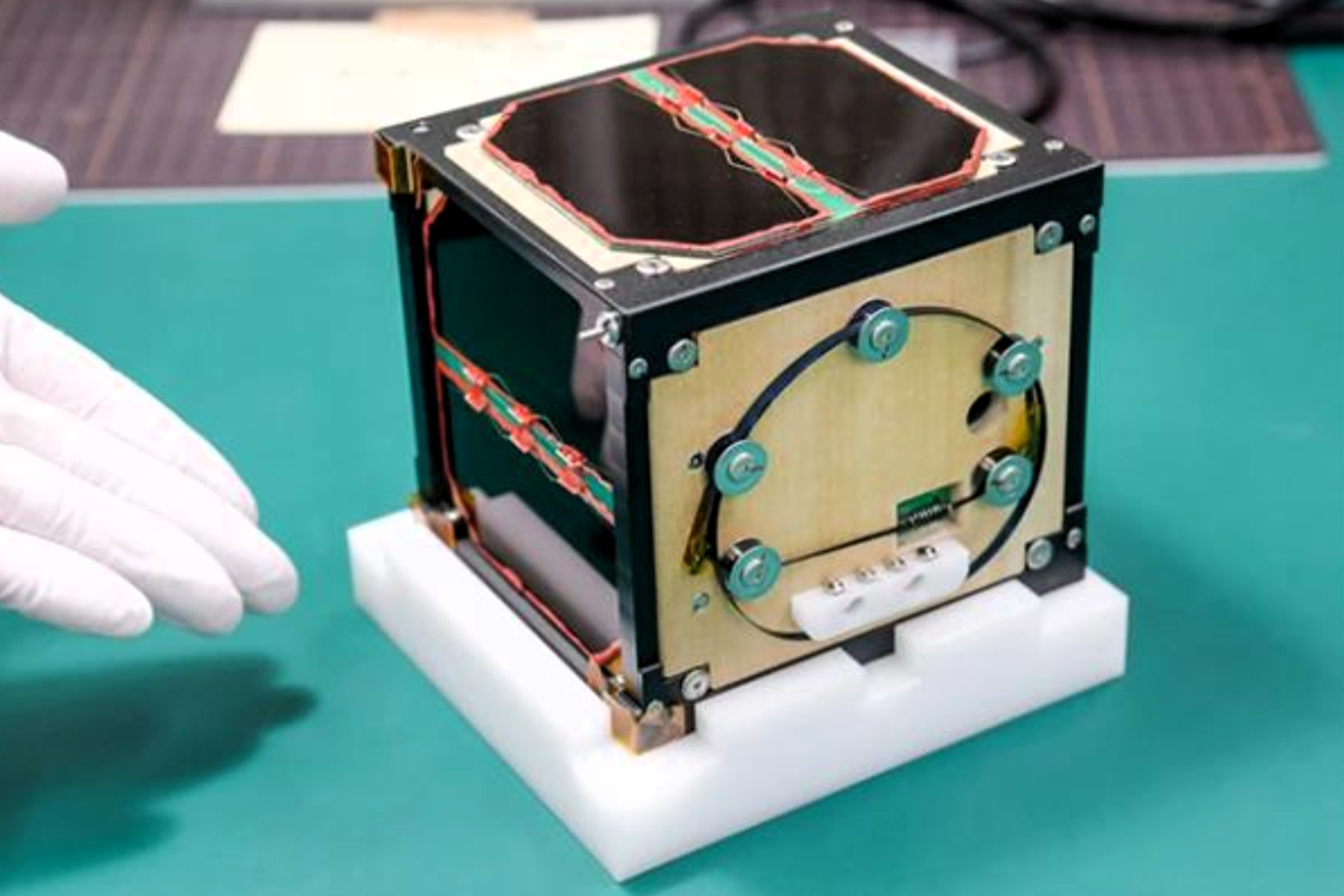World’s first wooden satellite built in Japan launched to space
Satellite made using traditional Japanese crafts methods without glue or screws, scientists say
Your support helps us to tell the story
From reproductive rights to climate change to Big Tech, The Independent is on the ground when the story is developing. Whether it's investigating the financials of Elon Musk's pro-Trump PAC or producing our latest documentary, 'The A Word', which shines a light on the American women fighting for reproductive rights, we know how important it is to parse out the facts from the messaging.
At such a critical moment in US history, we need reporters on the ground. Your donation allows us to keep sending journalists to speak to both sides of the story.
The Independent is trusted by Americans across the entire political spectrum. And unlike many other quality news outlets, we choose not to lock Americans out of our reporting and analysis with paywalls. We believe quality journalism should be available to everyone, paid for by those who can afford it.
Your support makes all the difference.A first-of-its-kind wooden satellite built by Japanese scientists was launched into space on Tuesday in an early trial to test the use of timber in future Moon and Mars missions.
The 10cm-cube satellite, dubbed LignoSat, is made by Kyoto University in collaboration with the logging company Sumitomo Forestry.
It is expected to be flown to the International Space Station aboard a SpaceX rocket and later released into an orbit about 400km (250miles) above the Earth.
The satellite, made of magnolia wood, is durable and can withstand the hostile space environment, researchers say.
Built using traditional Japanese crafts methods without glue or screws, they say the sustainable materials and technique used in its construction can help reduce space clutter.

“With timber, a material we can produce by ourselves, we will be able to build houses, live and work in space forever,” Takao Doi, a professor at Kyoto University, told Reuters.
“We aim to build human habitats using wood in space, such as on the Moon and Mars, in the future,” he said.
Wood can be more durable in space than it is on Earth since there is no oxygen or water there to cause it to rot or catch fire.
Its use may also help tackle the growing problem of space junk.
When decommissioned, they may simply burn up in the Earth’s atmosphere more easily than conventional metal satellites, researchers say.
“Metal satellites might be banned in the future. If we can prove our first wooden satellite works, we want to pitch it to Elon Musk’s SpaceX,” Dr Doi said.
Once launched into space, the pioneering satellite would stay in orbit for six months.
Its electronic components would measure how well wood endures the extreme space environment where temperatures may fluctuate drastically every hour.
Researchers hope to collect data on how the satellite behaves in space, such as changes in the material’s internal temperature, and magnetic properties, as well as the amount it expands and contracts in low-gravity environments.
“It may seem outdated, but wood is actually cutting-edge technology as civilisation heads to the moon and Mars,” Dr Doi said.

Join our commenting forum
Join thought-provoking conversations, follow other Independent readers and see their replies
Comments